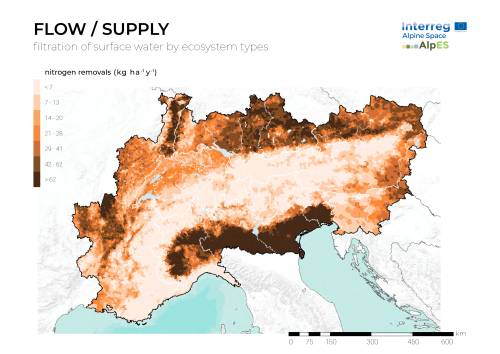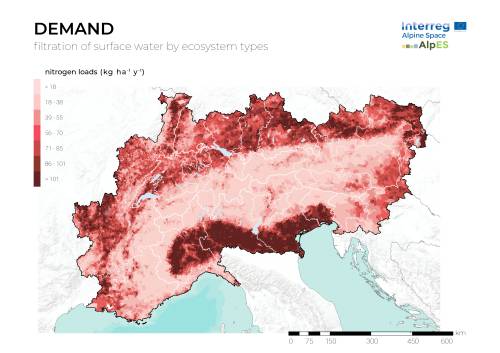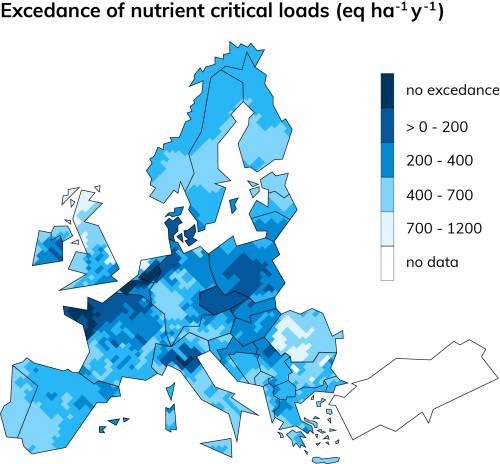This is an old revision of the document!
Warning: Undefined array key "value" in /home/.sites/34/site2020/web/wikialps/inc/JpegMeta.php on line 1598 Warning: Undefined array key "value" in /home/.sites/34/site2020/web/wikialps/inc/JpegMeta.php on line 1598 Warning: Undefined array key "value" in /home/.sites/34/site2020/web/wikialps/inc/JpegMeta.php on line 1598 Warning: Undefined array key "value" in /home/.sites/34/site2020/web/wikialps/inc/JpegMeta.php on line 1598 Warning: Undefined array key "value" in /home/.sites/34/site2020/web/wikialps/inc/JpegMeta.php on line 1598 Warning: Undefined array key "value" in /home/.sites/34/site2020/web/wikialps/inc/JpegMeta.php on line 1598 Warning: Undefined array key "value" in /home/.sites/34/site2020/web/wikialps/inc/JpegMeta.php on line 1598 Warning: Undefined array key "value" in /home/.sites/34/site2020/web/wikialps/inc/JpegMeta.php on line 1598 Warning: Undefined array key "value" in /home/.sites/34/site2020/web/wikialps/inc/JpegMeta.php on line 1598 Warning: Undefined array key "value" in /home/.sites/34/site2020/web/wikialps/inc/JpegMeta.php on line 1598 Warning: Undefined array key "value" in /home/.sites/34/site2020/web/wikialps/inc/JpegMeta.php on line 1598 Warning: Undefined array key "value" in /home/.sites/34/site2020/web/wikialps/inc/JpegMeta.php on line 1598 Warning: Undefined array key "value" in /home/.sites/34/site2020/web/wikialps/inc/JpegMeta.php on line 1598 Warning: Undefined array key "value" in /home/.sites/34/site2020/web/wikialps/inc/JpegMeta.php on line 1598
Table of Contents
Filtration of surface water by ecosystem types
Water purification is one of the many regulating services provided by ecosystems. Pollutants such as metals, oils, excess nutrients and sediment are processed and filtered
out as water moves through wetland areas, forests, and riparian zones. Water purification depends on filtration and absorption by soil particles and living organisms in the water and soil. As Europe’s “Water Tower”, this regulating function is especially pertinent in the Alps. Nutrient pollution, and especially nitrogen, can have
deleterious ecological and biogeochemical effects on the environment. For example, high nitrogen levels are a leading cause of eutrophication of surface waters, as they can
induce excessive algal growth. The major causes of nutrient pollution are anthropogenic fertilizers, sewage, and industrial wastewater discharged into the environment. Thus, nitrogen is the focus of this set of indicators: “Filtration of surface water by ecosystem types”. Clearly, we would hope that the areas where nitrogen pollution is highest are also the areas where nature can most effectively filter it out. However, this is not always the case. It is thus important to examine how the two indicators in this set compare with one another.
Flow and Supply

View this map in the AlpES webGIS
This indicator focuses on the filtration of nitrogen from surface waters like rivers, lakes and wetlands. The major causes of nutrient pollution are the anthropogenic input of
fertilizers, sewage and industrial wastewater discharges into the environment. The filtration of pollutants that reach the surface water occurs in several ways: vegetation can remove nutrients from water by storing them in tissues, soil can filter and store them, and riparian vegetation may act as a barrier and prevent pollutants from reaching a stream. The map highlights efficient nitrogen filtering areas in the Po valley in Italy, and in some lowland municipalities of France and Germany. These areas are highly exploited for agricultural purposes, and therefore retain higher nitrogen loads compared to mountain or hilly areas. Moreover, as water is the nutrients’ main vector, its presence and flow are crucial for the filtration of nitrogen: flat areas allow the water to flow more slowly than on steeper terrain, ensuring more effective filtration by the ecosystem. Land use, water presence and topography influence the values of this indicator, making its interpretation difficult. In fact, although high filtration rates are good, as
they mitigate nutrient pollution of waters, they can only occur where the nitrogen loads are already high. As the amount of ES delivered and the de facto utilized amount are equal, ES flow and supply are represented in the same map.
Demand

View this map in the AlpES webGIS
The demand indicator for this regulating ES gives an impression of where nitrogen loads are highest across the Alpine Space. Although Nitrate pollution has several sources: agriculture, transports, industry, and energy, land use is the factor that contributes most substantially, as recognized in the EU Nitrates Directive (EC, 1991). For this reason, the demand indicator scores high values in the plains, where croplands and other arable land plots are located. The map looks therefore quite similar to the supply-flow map: montane areas score low values for both indicators, whereas valleys and flat zones, where agricultural use of the land prevails, experience a greater level of nutrient pollution, and therefore have higher demand rates. The European Commission has selected 50 mg/l of nitrate as the threshold above which water is considered to have excessive nutrients i.e. to be polluted. The values of this indicator should therefore be kept as low as possible – and ideally below the aforementioned concentration – to preserve a healthy ecosystem. Figure 3.5 shows the exceedance of nutrient critical loads across Europe for the year 2010. The Po valley is highlighted once again as a critical spot for nutrient pollution, with serious risk of eutrophication.

<font 10px/inherit;;inherit;;inherit>Figure 3.5 Exceedance of critical loads for eutrophiation due to the deposition of nutrient nitrogen in 2010. Adapted from EEA 2010, “EU 2010 biodiversity baseline”.</font>